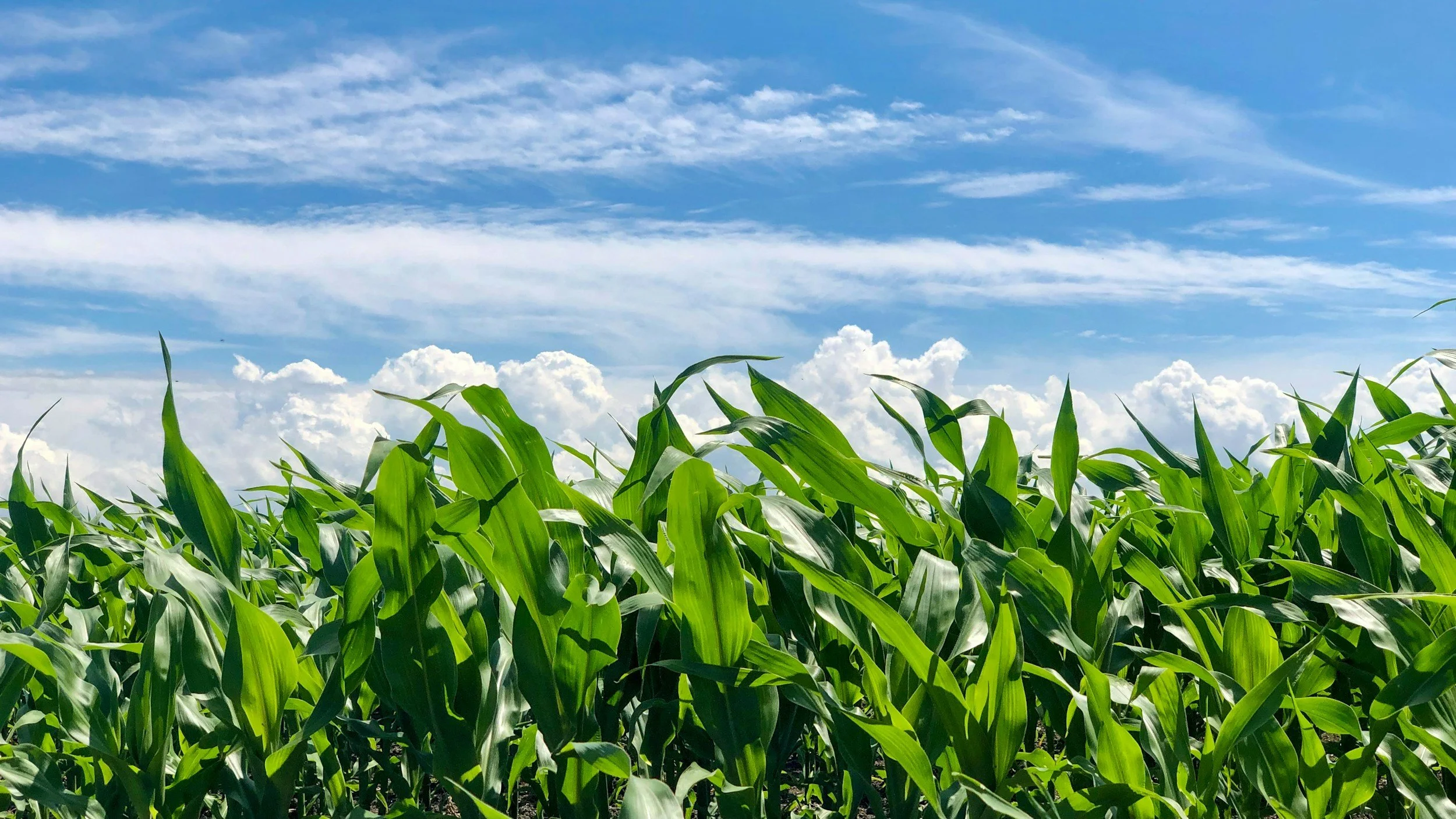Land Core Submits Comments to USDA on Biofuel Feedstocks
Image Credit: Daren, Unsplash
The U.S. Department of Agriculture recently sought public input on “Procedures for Quantification, Reporting, and Verification of Greenhouse Gas Emissions Associated With the Production of Domestic Agricultural Commodities Used as Biofuel Feedstocks” (Doc. No. USDA-2024-0003).
Land Core submitted comments and recommendations, building on the organization’s leadership around the importance of consistent outcomes verification protocols in soil health (and related GHG) measurement, monitoring and reporting. The recommendations also weigh in on the diversity of crops that can be used for biofuels feedstocks while building soil health, and soil health practices that should be considered by USDA.
Overview
While biofuels present market opportunities for producers, USDA should meet the increasing demand for, and interest in growing, feedstocks for biofuels by strongly grounding its guidelines in soil health. Soil health principles and practices can help ensure long term resilience and profitability for farmers, and the long-term productivity and sustainability of their agricultural land alike.
Currently, biofuels are typically derived from corn, soybean, and sugarcane. Biofuel incentives have created a reliable market for producers and provided economic certainty. At the same time, the financial incentives to farmers have also led to less diverse crop rotations and removal of edge-of-field and in-field buffers.
By including feedstocks from a broader array of crops, USDA would help provide farmers with a new market and direct economic incentives to add diverse crops into their rotation, which helps build soil health, and in turn, can increase overall profitability and resilience on farm.
Other crops that are less intensive to grow should also be considered, such as switchgrass, hemp, and camelina. These crop species are able to be grown with less land, water, and fertilizer compared to corn and soybean. Camelina, for example, has a shorter growing season and is more drought tolerant. These other crop species also provide other ecosystem benefits like soil remediation and are able to be grown on more marginal land.
As the US government moves forward with tax incentives for domestic biofuel production, they must balance lowering carbon intensity of fuels and providing economic value to producers without creating disincentives for protecting soil health and environmental co-benefits.
***
View our full comments on regulations.gov or as a PDF.

